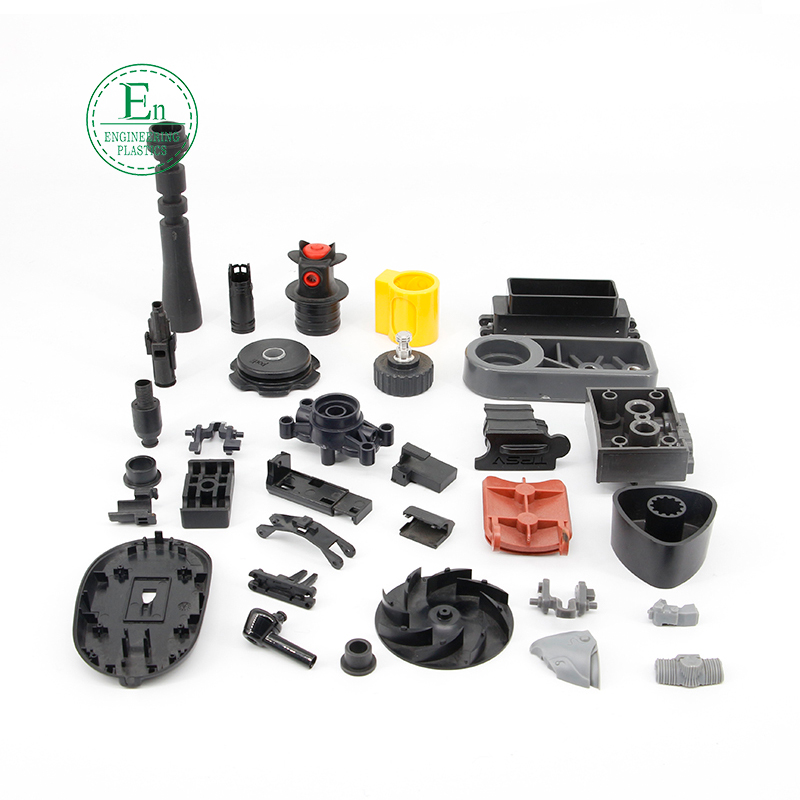
What is Mold Manufacturing? Mold manufacturing is the process of shaping molten or pliable materials into parts using hollow molds. These Injection Molding are versatile, used with various materials like silicone, metals,
Why injection Moulding Injection Parts ?
For quality , injection is better, the smoothness and flatness can be done on the mold, and the strength is also good. Some transfers during mechanical processing, the sharp edges may be difficult to process beautifully . But mass injection need big quantity to open mould to decrease unit price because of expensive mould .


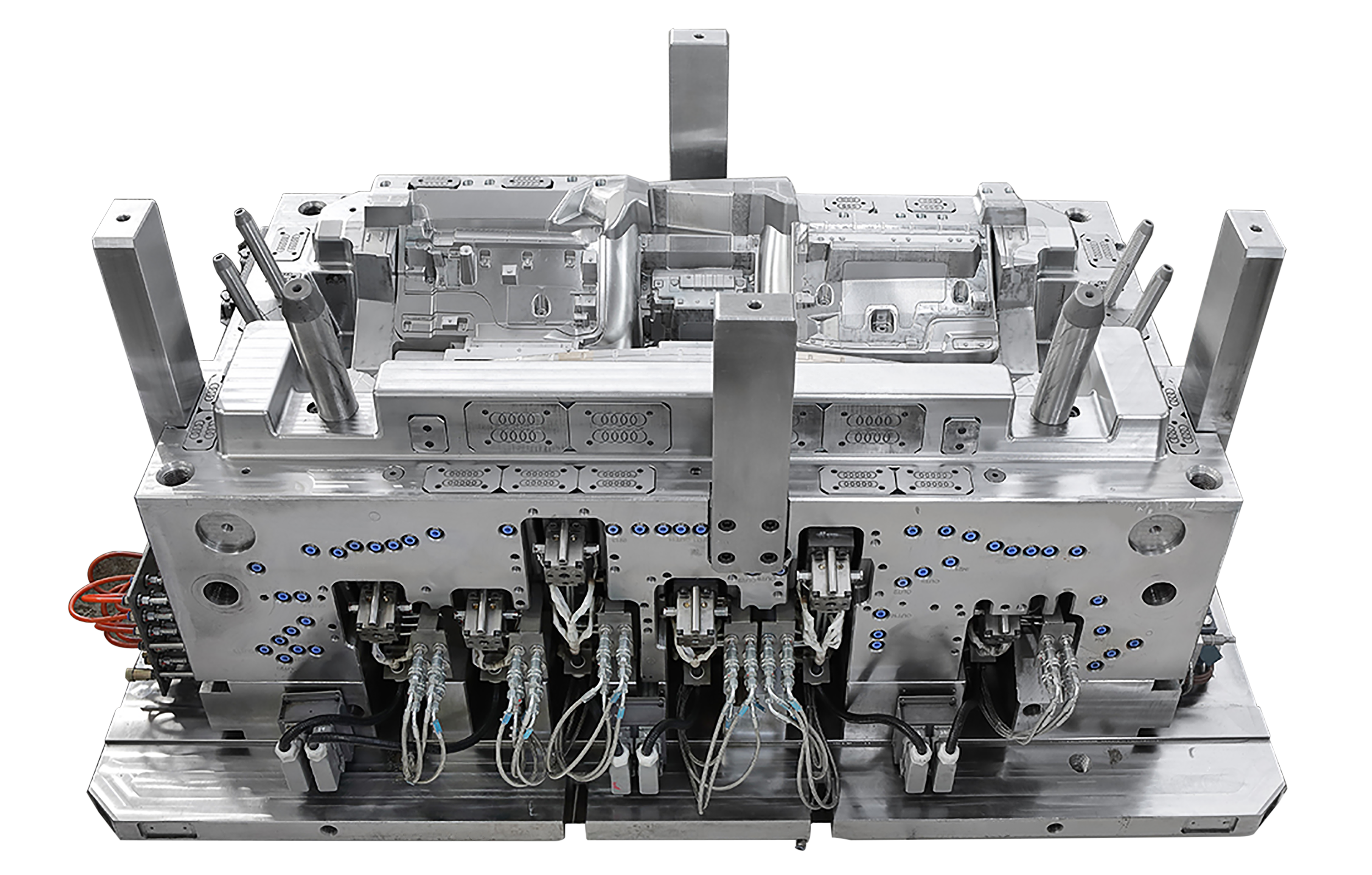
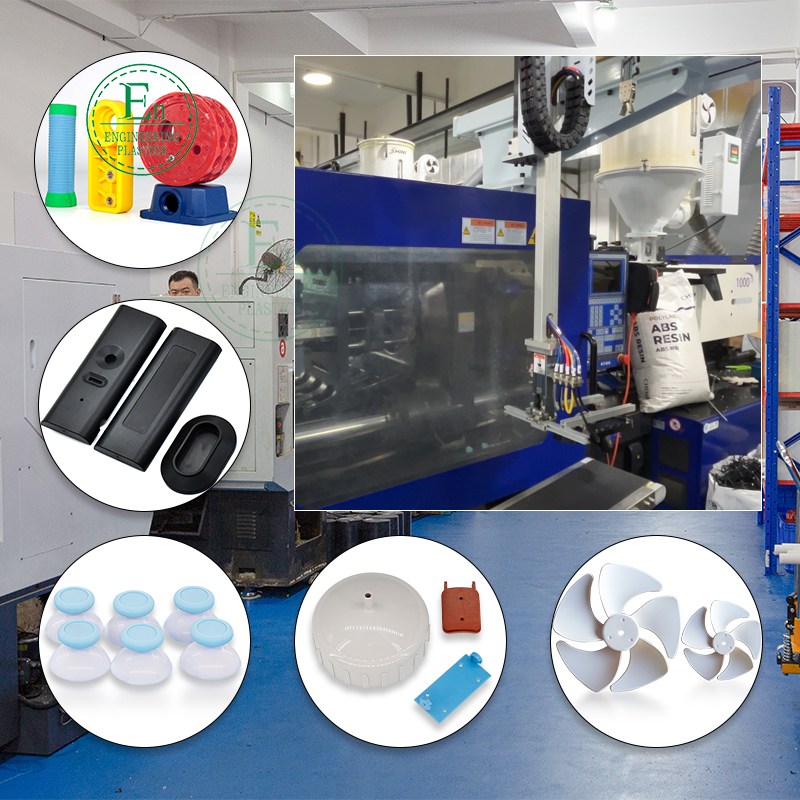
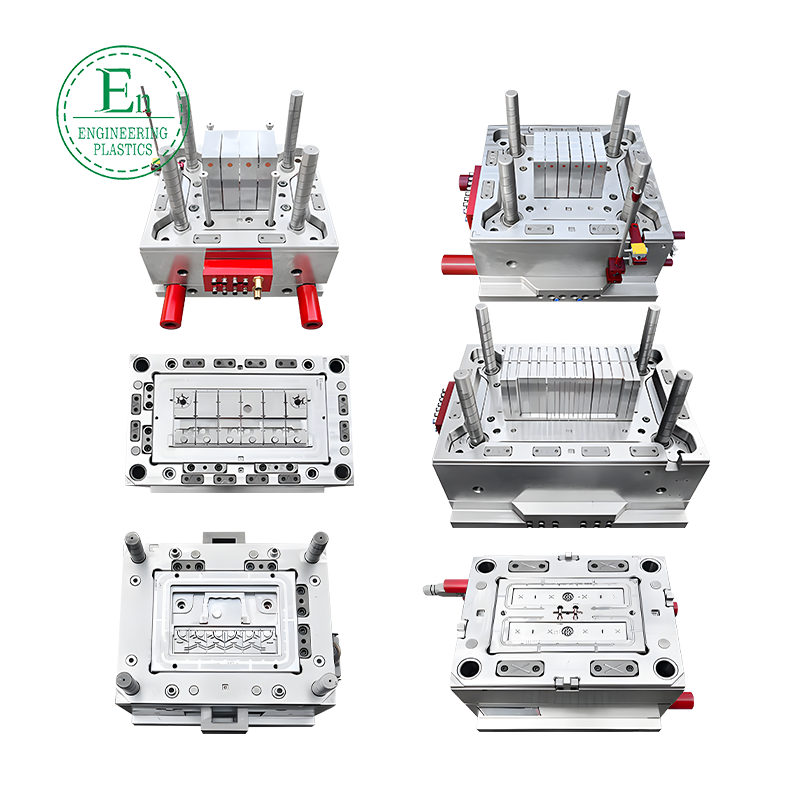

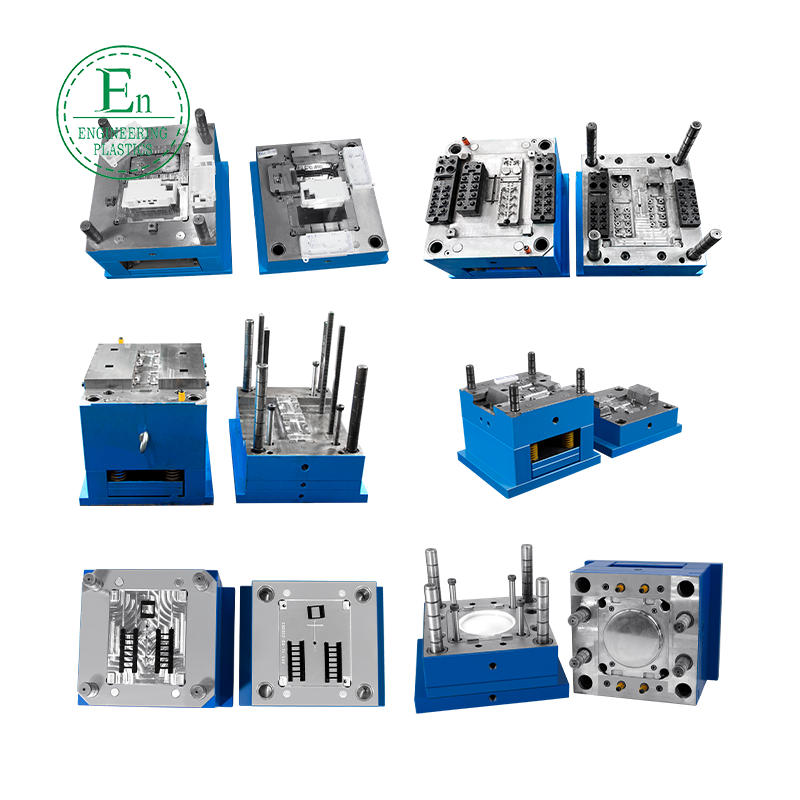
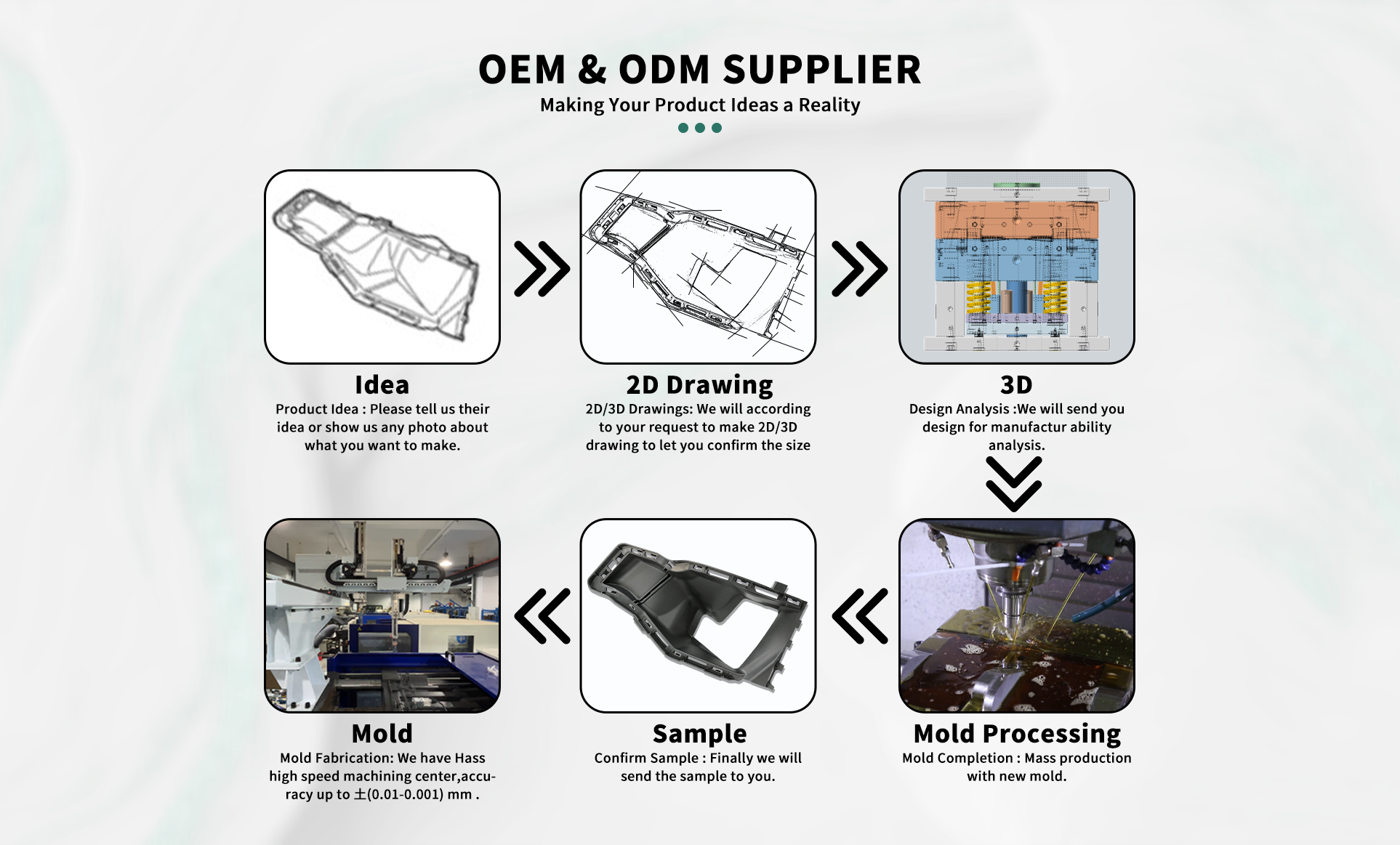
What is Mold Manufacturing?
Mold manufacturing is the process of shaping molten or pliable materials into parts using hollow molds. These Injection Molding are versatile, used with various materials like silicone, metals, plastics, ceramics, wood, and foam. This process ensures precise and consistent results, leading to high-quality products and efficient production of complex parts.
What Materials are Used in Making Molds?
Steel, aluminum and alloys are commonly used materials in mold production. Steel molds are known for their durability and ability to withstand high temperatures and pressures, making them suitable for high-volume production. Aluminum molds, despite their cost-effectiveness, have a shorter lifespan compared to steel and often need to be replaced. When selecting materials for mold manufacturing, factors such as production requirements, budget, and desired product characteristics should be considered.
Other materials used for molding manufacturing include plastics, ceramics, wood, and foam. These materials are typically used for less intensive applications, such as prototypes or low-volume production. They offer advantages such as lower cost, faster production, and easier modification. However, they also have drawbacks, such as lower durability, higher wear and tear, and lower precision. Therefore, these materials are not suitable for long-term or high-volume production.
